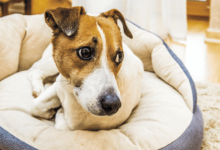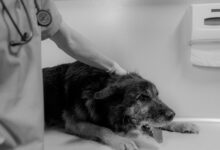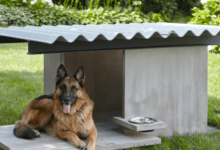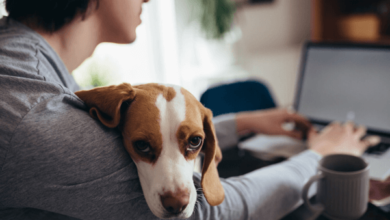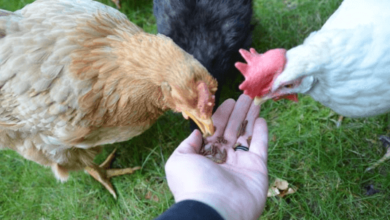Being On The Road With Your Dog
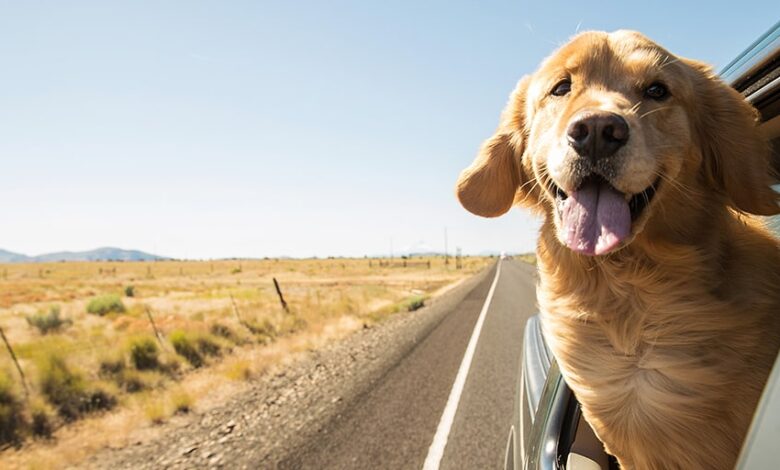
Dogs are adaptable creatures that are mostly concerned with being with their people, and their location is secondary. Dogs make incredibly energetic travel companions, but it is critical to consider certain practical aspects to make their (and our!) vacation as pleasant and uncomplicated as possible.
A good road trip with a dog starts long before the journey itself. When a dog is still a puppy, the best time to train him to travel easily is when he is young. Even for an older dog, though, the process of learning to travel is essentially the same.
If you want to go on a road trip with your dog, preparation is key. Traveling by car over long distances requires a bit of planning.
Tips for Road Trips with Your Dog
Restrain your pet during the journey. It is not secure for you as well as your dog to hop around the car when you are driving. You must concentrate on the road, and your dog can interrupt you if they become excited or restless.
While it might be tempting to have your dog ride up front, dogs should ride in the back of the car. Traveling with your pet in a carrier that has been fastened to the seat with a seatbelt or other attachment, or use a doggy seatbelt to restrain your pooch.
A well-behaved dog will be simpler to travel with than one who is continually misbehaving or fearful in a car.
If your dog becomes unwell or needs to be boarded for a day while you’re on the road, you’ll need a copy of his vaccination records. A copy on your phone is usually sufficient, but you can also keep a copy in your glove box for safety.
Don’t stuff your car so full that your dog has to squeeze between bags with just enough room to lie down. Consider the middle seat on a 10-hour trip. Nobody wants that, and neither does your dog. The more space they have, the better behaved they tend to be.
Your dog should not have to wait for you to stop for gas before getting a drink of water. Get a small, stable water bowl to place on the floor next to your backseat and allow them to drink at their leisure.
Camping allows your dog more freedom and is often more convenient than locating pet-friendly motels.
Before going on a long trip, take the dog on several little outings to get them acclimated to traveling in the car. Extend the length of these shorter excursions gradually to prepare for long-distance travel with dogs.
3 to 4 hours before you depart, give your pet a small supper. Don’t feed them while driving as their full bellies might give them motion sickness.
Pack a travel kit for your pet, whether you’re traveling by car or flying with your dog. Include your pet’s medical records, especially confirmation of current vaccines.
While your pet should have a microchip, they should also wear a collar with an ID tag that has your home address and mobile phone number.
Get a temporary tag with the phone number of the place where you’ll be staying for longer excursions and vacations in case your pet gets lost while you’re away. All collars should be flat and choke collars should never be used on your dog aside from when aversive training.
Bring all necessary documentation for your dog. While crossing government or international borders, you may be required to present a health certificate as well as proof of vaccination.
Bring your pet’s regular food, water, meds, boots and coats (if necessary), bowls, and if your dog’s regular bed is too big, consider using an inflatable dog bed.
Get your automobile ready and ensure car safety for your furry pal. There are several seat belts and floor mats available to protect your vehicle while also providing comfort for your dog. If you often travel with puppies, you may also want to consider purchasing some of these.
Travel crates should be fastened in the rear seat of the car and belted in while driving with puppies in a car such that the crate does not slide about during rapid stops. Your dog should be capable of standing up, turning around, relaxing, and lying down properly in the box.
It should also have sufficient ventilation. You may make your dog’s crate more pleasant for him by filling it with blankets and cushioning the edges with foam to protect him from damage. Just make sure your dog doesn’t try eating or chewing any of the cushioning material you use.
Final Thoughts
Going on a road trip with your best buddy is one of the funnest things ever! With these tips, you can ensure a happy, fun trip.


